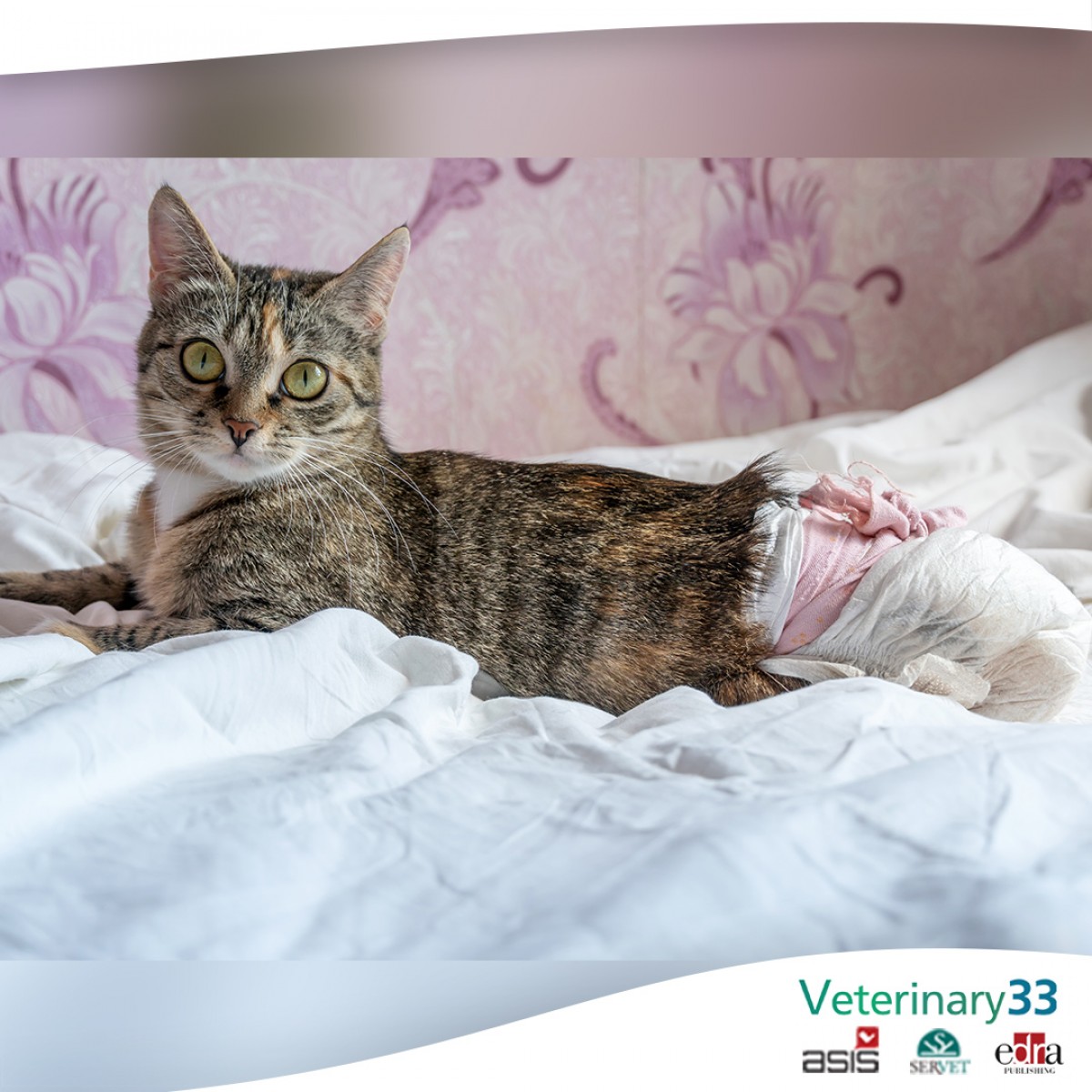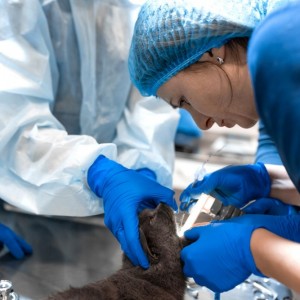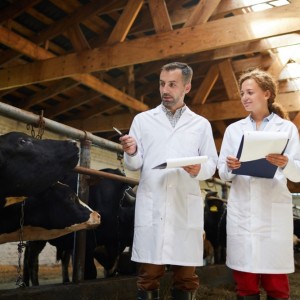Traumatic physeal fractures in cats: a review of 36 cases (2010–2020).
Objectives: The aim of this study was to describe the demography, aetiology, location and classification of physeal fractures in cats, and to describe their management and outcomes.
Methods: Clinical records and radiographs of cats referred for management of physeal fractures were retrospectively reviewed. Fractures of the proximal femoral physis were excluded. Descriptive statistics were used to describe signalment, cause of injury, presence of concurrent injuries, fracture description, treatment modality, complications, follow-up, physeal closure, implant removal and outcome.
Results: Thirty-four cats with 36 fractures were included, of which 17 affected the distal femur, 11 the distal tibia and fibula, five the distal radius and ulna, two the proximal tibia and one the distal humerus. Salter-Harris classification was type I in 14, type II in 16, type III in two and type IV in four fractures. Thirty-four fractures were treated with primary fixation, and the most common method was crossed Kirschner wires (24/34 fractures). Complications were observed in 14 fractures, of which 12 were minor. At radiographic follow-up, physeal closure was reported in 23 fractures, of which 15 were considered premature. Implant removal was performed in three fractures. Outcome was good in 28, fair in four and poor in two fractures.
Conclusions and relevance: Fracture of the distal femoral physis was the most common physeal fracture seen. Cats presenting with physeal fractures may be skeletally immature or mature with delayed physeal closure. The rate of physeal closure after fracture repair was relatively high but without apparent impact. The frequency of implant removal was very low, indicating that despite having a physeal fracture repair, most cats did not require a second procedure to remove implants. Overall, internal fixation provided a good outcome in most fractures.
Fracture of the distal femoral physis was the most common physeal fracture seen.
Carlos Rubinos, Richard L Meeson
https://journals.sagepub.com/doi/full/10.1177/1098612X211005886









List
Add
Please enter a comment